The Efficient Windows Collaborative is a great resource for understanding efficient windows and air leakage. The EWC is a nonprofit, 501(c)3 organization that partners with window, door, skylight, and component manufacturers, research organizations, federal, state & local government agencies, and others interested in expanding the market for high-efficiency fenestration products. Combine these tips with our AeroBarrier air sealing and your project will be scoring big on energy code requirements, tax credits and points.
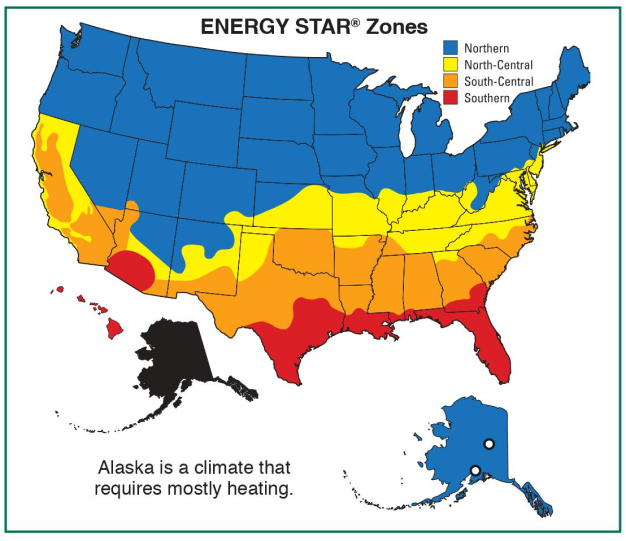
1. Meet the Energy Code & Look for the ENERGY STAR®
Windows must comply with your local energy code. Windows that are ENERGY STAR certified often meet or exceed energy code requirements. To verify if specific window energy properties comply with the local code requirements, look for the NFRC label.
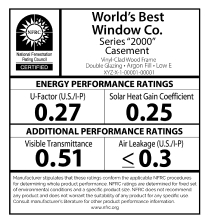
2. Look for Efficient Properties on the NFRC Label
The National Fenestration Rating Council (NFRC) label is needed for verification of energy code compliance. The NFRC label displays whole-window energy properties and appears on all fenestration products which are part of the ENERGY STAR program (www.nfrc.org)
3. Compare Annual Energy Costs for a Typical House
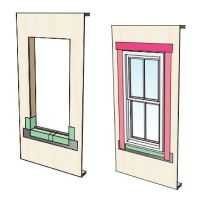
Use the Window Selection Tool on the EWC web site or the Window Selection Tool Mobile App (www.efficientwindows.org).
4. Ensure Proper Installation
Proper window and skylight installation is necessary for optimal performance, to avoid air and water leakage. Always follow manufacturers’ installation guidelines and use trained professionals for window and skylight installation.
Benefits of High Performance Windows
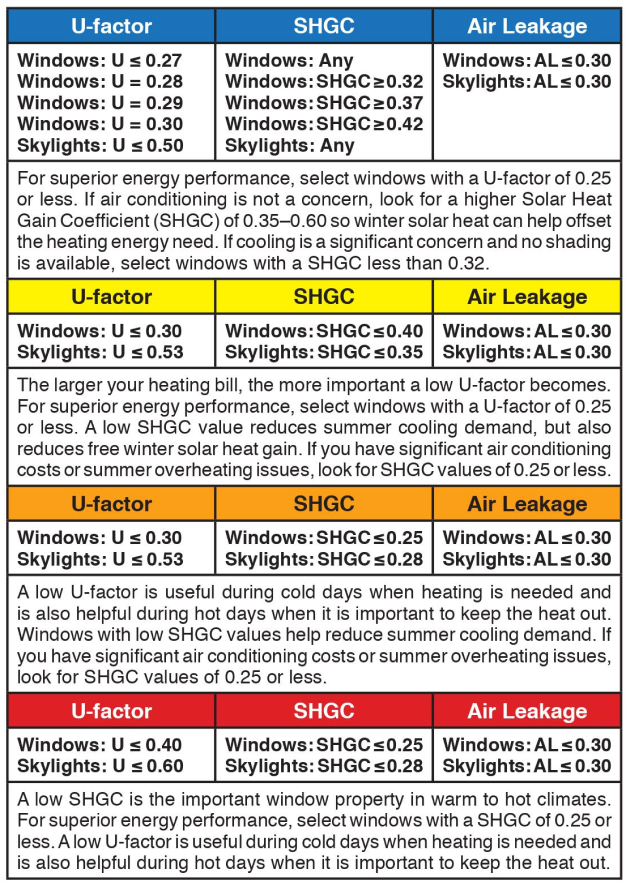
Heating & Cooling Season Savings
In climates with a significant heating season, standard windows can represent a major source of unwanted heat loss. Low-E coatings, gas fills, and insulating spacers and frames result in a lower U-factor, meaning less winter heat loss. In climates that mainly require cooling, non-energy efficient windows can be a major source of unwanted heat gain.
Improved Daylight and View
Daylight and view are two fundamental attributes of a window. Low-E coatings can significantly reduce solar heat gain with a minimal loss of light and view.
Improved Comfort
High performance windows can make a home more comfortable. Cold glass can create uncomfortable drafts as air next to the window is cooled and drops to the floor. Windows with low U-factors will result in higher interior window temperatures in the heating seasons and thus greater comfort. Also, during cooling seasons, strong direct sunlight can create overheating and discomfort. Windows with a low SHGC will reduce the solar radiation (heat) coming through the glass.
Less Condensation
High performance windows with warm edge technology and insulating frames have a warm interior surface so that condensation on interior surfaces is significantly reduced or eliminated.
Lower Mechanical Equipment Costs
Efficient windows reduce annual heating and cooling bills as well as peak heating and cooling loads. Peak loads determine the size of the home’s furnace, heat pump, air conditioner, and fans. Reducing peak load may allow homeowners to install a smaller heating or cooling system.
Efficient Window Properties
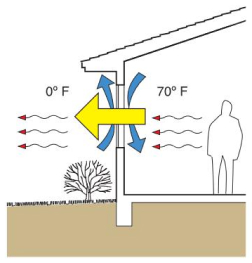
U-Factor
The rate of heat loss is indicated in terms of the U-factor (U-value). This rate of non-solar heat loss or gain through a whole window assembly is measured in Btu/hr-ft2-°F. The lower the U-factor, the greater a window’s resistance to heat flow and the better its insulating value.
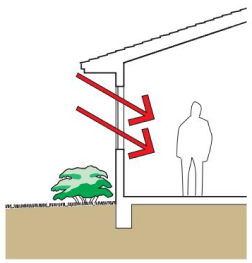
Solar Heat Gain Coefficient (SHGC)
The SHGC is the fraction of incident solar radiation admitted through a window. SHGC is expressed as a number between 0 and 1. The lower a window’s solar heat gain coefficient, the less solar heat it transmits. Whether a higher or lower SHGC is desirable depends on the climate, orientation, shading conditions, and other factors.
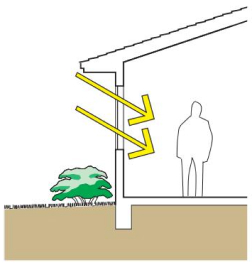
Visible Transmittance (VT)
The VT is an optical property that indicates the amount of visible light transmitted. VT is a whole window rating and includes the impact of the frame which does not transmit any visible light. While VT theoretically varies between 0 and 1, most values are between 0.3 and 0.7. The higher the VT, the more light is transmitted.
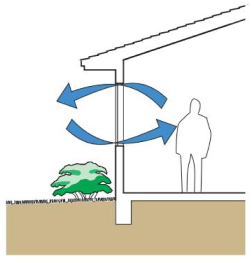
Air Leakage (AL)
AL is expressed in cubic feet of air passing through a square foot of window area (cfm/sf). The lower the AL, the less air will pass through cracks in the assembly. AL is very important, but not as important as U-factor and SHGC.
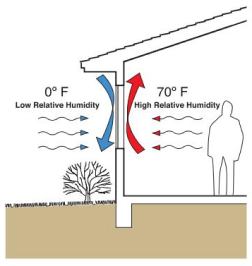
Condensation Resistance (CR)
CR measures how well a window resists the formation of condensation on the inside surface. CR is expressed as a number between 1 and 100. The higher the number, the better a product is able to resist condensation. CR is meant to compare products and their potential for condensation formation. CR is an optional rating on the NFRC label.
Contact NCW Air Barrier, your North Central Washington AeroBarrier dealer operating out of the greater Wenatchee Valley to discuss how air sealing can elevate your project and guarantee that you will always pass the blower door test.
